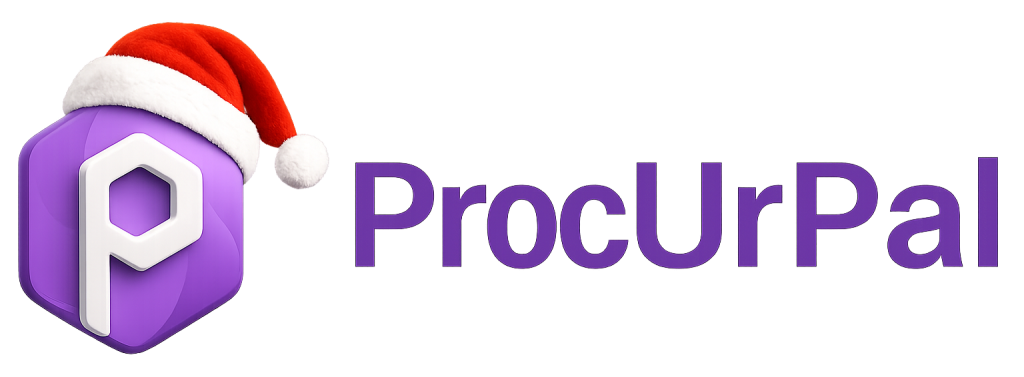How to Ensure Your Company’s E-Waste Is Handled Responsibly
Introduction With the rapid pace of technological advancements, businesses are frequently upgrading their IT equipment. However, this progress brings with it the challenge of managing electronic waste (e-waste), which has become one of the fastest-growing environmental concerns worldwide. Improper disposal of e-waste not only leads to environmental hazards but also exposes businesses to data security risks and potential regulatory fines. In this article, we will explore the importance of responsible e-waste management, the risks involved with improper disposal, and practical strategies businesses can use to ensure that their e-waste is handled responsibly. 1. Understanding the Importance of Responsible E-Waste Management 🧹 E-waste is any discarded electronic device, from outdated computers and mobile phones to servers and printers. As businesses continue to replace old IT equipment, it’s essential to ensure that e-waste is disposed of in an environmentally responsible way. Electronic devices contain hazardous materials such as lead, mercury, and cadmium, which can leak into the environment if not properly managed. Why This Matters: Responsible e-waste management reduces the harmful environmental impact by ensuring that toxic substances are not released into the soil and water. By following best practices, businesses can protect the environment and avoid the harmful consequences of improper disposal. Tip: Work with certified e-waste recyclers who adhere to environmental standards to ensure that your company’s waste is disposed of properly. 2. Ensuring Data Security Through Proper Disposal 🔒 Improper disposal of IT assets such as computers, hard drives, and smartphones poses a significant risk to your company’s data security. Sensitive information, including customer data, proprietary business strategies, and intellectual property, can be recovered from improperly disposed devices. This breach of data can lead to financial loss, legal repercussions, and damage to your company’s reputation. Why This Matters: To avoid data theft, it’s essential that businesses implement secure methods of data destruction. Data on devices must be wiped or physically destroyed before disposal to ensure it cannot be recovered. Tip: Partner with certified IT asset disposal providers who specialize in secure data destruction and can offer documentation of the process to confirm compliance with data protection regulations. 3. Adhering to Legal and Regulatory Requirements 📜 Many countries have implemented strict regulations governing e-waste management to minimize environmental harm and ensure the protection of sensitive data. For instance, the European Union’s Waste Electrical and Electronic Equipment (WEEE) Directive and the U.S. Resource Conservation and Recovery Act (RCRA) impose specific requirements on businesses for handling e-waste. Why This Matters: Non-compliance with e-waste regulations can lead to hefty fines and legal penalties. By ensuring responsible disposal practices, businesses can avoid these risks and maintain a good standing with regulatory authorities. Tip: Familiarize your business with the relevant e-waste regulations in your region and partner with disposal services that are fully compliant with these laws. 4. Environmental Sustainability and E-Waste Recycling ♻️ E-waste recycling is an essential component of responsible disposal practices. Many electronic devices contain valuable metals like gold, silver, and copper, which can be recycled and reused. Recycling e-waste helps conserve natural resources, reduce the carbon footprint of new product manufacturing, and prevent harmful chemicals from contaminating the environment. Why This Matters: Recycling e-waste not only reduces the environmental impact but also promotes sustainability within your organization. Many businesses are now embracing the circular economy model, where products are reused, refurbished, or recycled to reduce waste. Tip: Work with e-waste disposal partners who follow ethical recycling practices and ensure that recyclable materials are repurposed appropriately. 5. Partnering with Professional E-Waste Disposal Services 🧑💼 While businesses can handle e-waste disposal in-house, it’s often more efficient and secure to partner with professional disposal services. These companies specialize in secure data destruction, environmentally responsible recycling, and ensuring that all local regulations are adhered to. Why This Matters: Professional disposal services have the necessary expertise and certifications to manage e-waste properly. They can ensure that all data is securely wiped, devices are responsibly recycled, and your company remains compliant with regulations. Tip: Choose a disposal service provider with certifications such as R2 (Responsible Recycling) or e-Stewards to ensure they meet high industry standards. 6. Educating Employees About E-Waste Disposal 📚 While your business might have procedures in place for disposing of e-waste, educating your employees on the importance of responsible disposal is crucial. Often, employees are unaware of the proper steps to take when upgrading their own devices or when handling old office electronics. Educating your team ensures that the proper protocols are followed, reducing the likelihood of improper disposal. Why This Matters: Creating awareness and providing training on e-waste disposal helps foster a culture of responsibility within your organization. When employees are informed about the environmental and data security risks associated with improper disposal, they are more likely to follow best practices. Tip: Conduct periodic training sessions and provide resources on the importance of responsible e-waste disposal. Final Thoughts In conclusion, responsible e-waste management is an essential aspect of running a sustainable and secure business. By partnering with certified e-waste disposal services, ensuring data security, complying with regulations, and promoting environmental sustainability, businesses can mitigate risks and protect their reputation. Whether it’s data destruction or proper recycling, the right practices ensure that your company is doing its part for the environment, legal compliance, and data security. For companies looking for a trusted partner in responsible IT asset disposal and recycling, solutions like Procurpal can help streamline the process while ensuring compliance and data protection.










